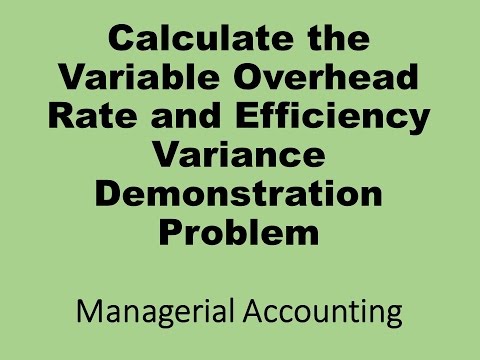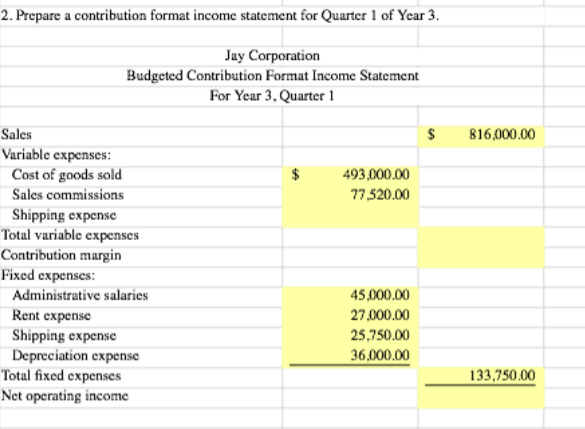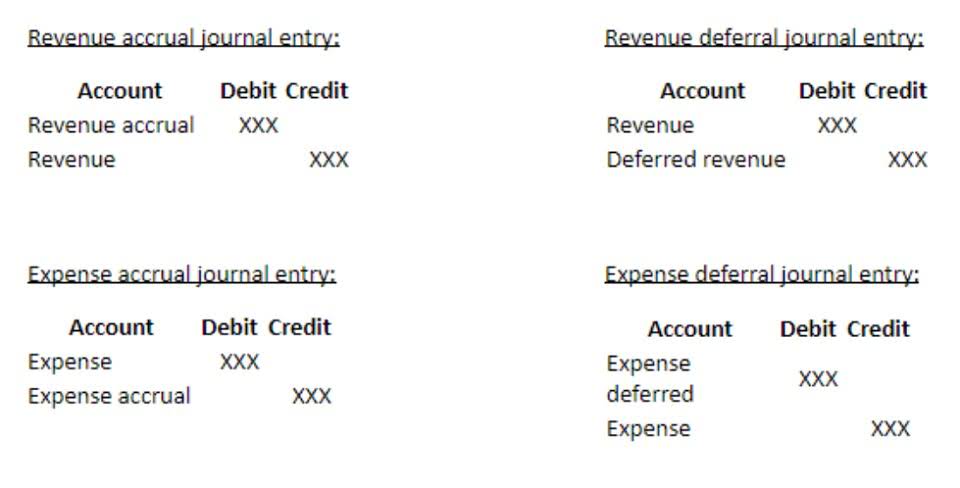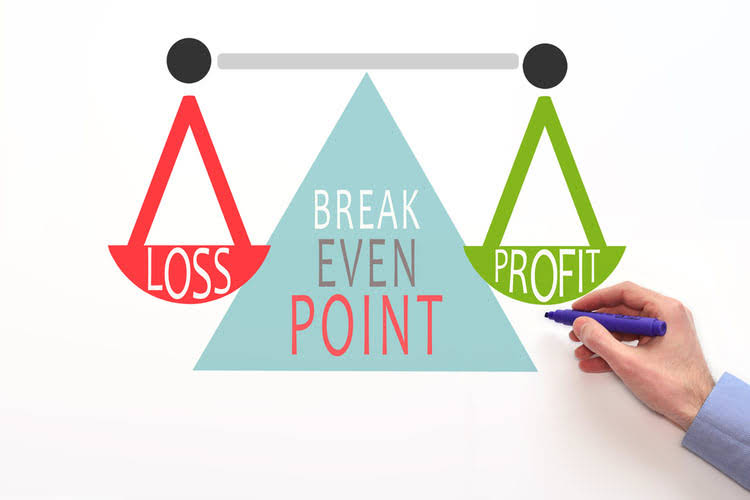
Better yet, Method is compatible with all versions of QuickBooks, so you don’t need to own the Accountant version to import transactions. Remember to format your spreadsheet with three to four column headers, and check that the type of transactions is compatible. Being able to import transactions into QuickBooks Desktop from Excel helps you update your financial information without the busy work of manual data entry. Each QuickBooks Desktop version supports the import of bulk transactions to simplify this process in just a few steps. With Method, you can sync your customer and transaction data in real time. This powerful tool integrates seamlessly with QuickBooks to add powerful customer relationship management features and simplify lead-to-cash workflows.

Common questions about importing data to QuickBooks Online
Bulk transactions are the perfect way to quickly move large amounts of data into your QuickBooks account. This fast and convenient process lets you import several types of transaction information from Excel and CSV files. After importing transactions, follow the simple three-step process below to make sure your data is reflected accurately in your QuickBooks account. Just import the same file again and select Overwrite all values at the bottom of the page. Importing with SaasAnt Transaction is a breeze with our simplified and powerful Import wizard.
You can select the specific date format as per your requirement in the import settings. Here are some lists and transaction types you can import into QuickBooks. Through our practical knowledge, we recommend checking the data in your QuickBooks Desktop account after you complete an import. If you have information that turns red, it means they aren’t listed in the company file. Select the red cell and choose “Quick Add” or “Set Up” to add it.
- Note that these instructions will differ if you import transactions in QuickBooks Desktop.
- You can select the specific date format as per your requirement in the import settings.
- After importing your transaction file, QuickBooks provides a mapping interface where you can assign each column to its related field.
- But if you’re using other versions of QuickBooks as your accounting software, you still have options.
- This ensures that you assign each column to the correct category.
Import and export data in QuickBooks Desktop
No, currently there’s no option to undo or delete the imported contacts by batch. QuickBooks Online can only import specific fields for each type of data. You can download a Free Trial of the software easily from the Dancing Numbers Website. Follow the below-mentioned steps to get step by a step installation procedure. It will.Same Sales Order Number needs to be presented in multiple lines to group the transactions. Instead of starting from scratch, you can transfer info to and from QuickBooks.
A common question is, “Can I import transactions from Excel to QuickBooks Desktop directly through QuickBooks? QuickBooks can pull data from Excel spreadsheets quickly and easily to keep your financial information organized and up accounting ethics and integrity standards to date. The above article will provide all information that is useful to import sales orders into QuickBooks.
You can import things like your bank transactions, accountant’s changes, general journal entries, and batch transactions. After checking that you’re using a compatible file type and correcting any issues, try importing again. If you continue to have problems, consider an alternative solution like Method, or contact QuickBooks support for help. While you can create or edit your transactions in an Excel format XLSX file, QuickBooks Online can only receive imports from a CSV, QFX, QBO, OFX, or TXT type file. Method is a powerful third-party application that enhances your QuickBooks account. It gives you powerful automation tools and the ability to customize workflows.
Steps to Import Sales Orders into QuickBooks Desktop:
If you need the information from the first row of your file, add a header row to your spreadsheet, or duplicate the first line before importing the file. If any sales receipts fail to import, note why, then select All done statement of purpose examples and you’ll be greeted with a final completion summary. It’s important to reference QuickBooks’ guidelines on spreadsheet formatting before you begin your import.
To import transaction details into QuickBooks Online from a CSV format file, you will want to format CSV files from your Excel spreadsheet. Our research indicates that CSV files are the preferred output format of most imports. If you need complete steps, click on the links to learn how to import your customers, vendors, products and services, invoices, and bills. You can auto-create unavailable products/ services Or turn this setting off in the import settings.
How to import transactions into QuickBooks Desktop from CSV
Utilize import, export, and delete services of Dancing Numbers software. After importing your transaction file, QuickBooks provides a mapping interface where you can assign each column to its related field. This lets you ensure everything is assigned to the right category. Note that filing tax form 1099 these instructions will differ if you import transactions in QuickBooks Desktop.




